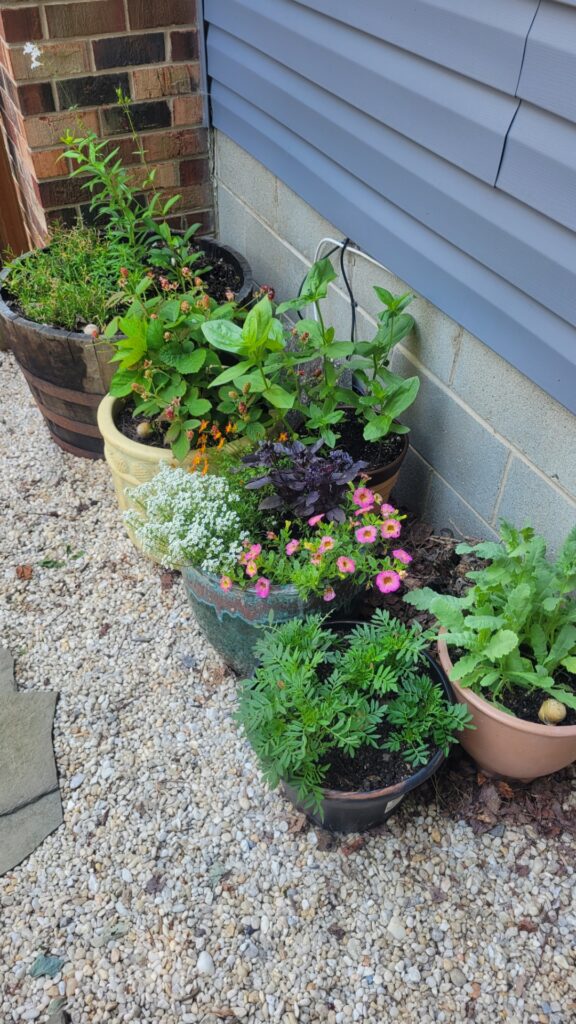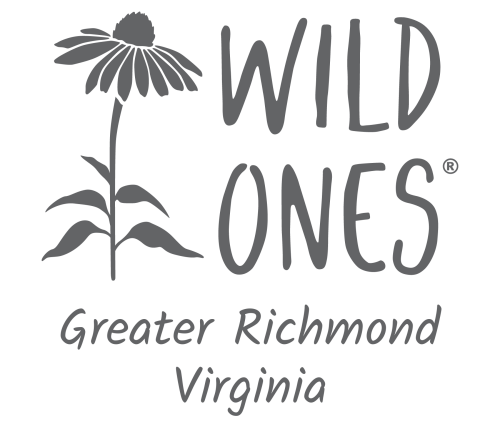Our evening Zoom on September 18 featured an enjoyable and informative presentation about container gardening from Membership Chair, Ed Deale. Ed created sun and shade containers this past growing season and provided tips for successful container gardening with native plants based on his research and experiences. Here are some highlights from the presentation:
- Container gardening offers the opportunity to experiment, contain aggressive plants (like mints) or garden with natives in smaller spaces
- It’s important to select containers that are deep enough to accommodate the (typically longer) roots of native plants
- Using a good quality container soil mix remains important, as does efficient drainage (drill holes if needed)–however, it’s best not to add fertilizers as you would for non-native plantings
- If you will overwinter the container or plan to retain/reuse soil in the container the next year, it can be refreshed by working in some compost once a year
- Attractive arrangements may feature single species or combine species in a conventional “thriller, filler, spiller” format (Pictured is Ed’s half-whiskey-barrel container for a sunny area, which featured Phlox, Butterfly Milkweed, and Penstemon)
- Ferns, grasses, or sedges also can be used to add visual interest (e.g., when other plants are not blooming)
- As with conventional container plantings, it’s important to monitor the container and water as needed and, if overwintering, to provide shelter during very cold snaps (perhaps in an unheated cellar or garage)
- Candidates for shade containers might include Wild Ginger and Pennsylvania Sedge
- Members discussed examples of successful container plantings they have seen, including containers featuring Joe Pye Weed and Mountain Mint

